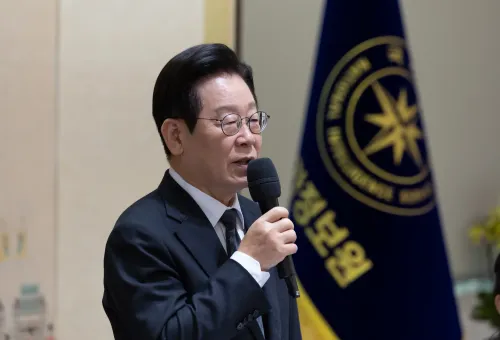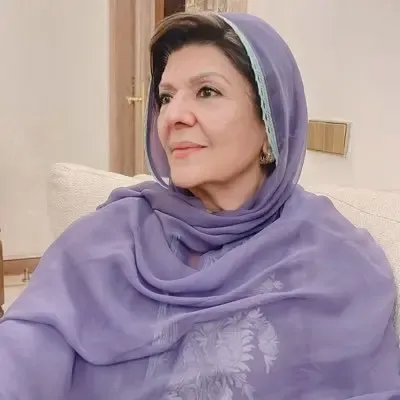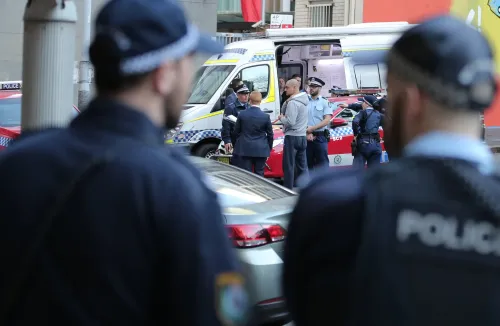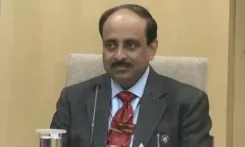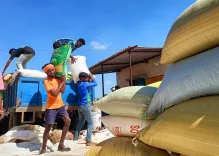Was the Press Badge a Shield Against Terrorism? IDF Claims Journalist Led Hamas Cell
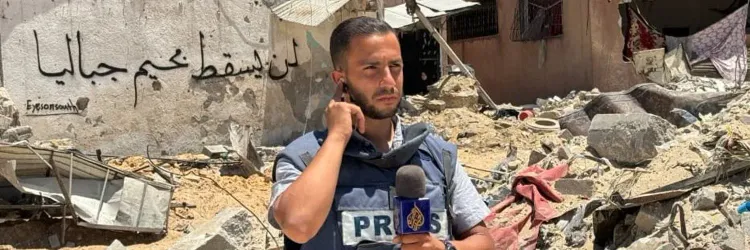
Synopsis
Key Takeaways
- Anas al-Sharif was reportedly the leader of a Hamas cell, according to the IDF.
- The IDF claimed that a press badge does not protect against terrorism.
- Four other journalists were killed alongside al-Sharif during the strike.
- Al Jazeera has challenged the IDF's assertions about al-Sharif.
- The incident raises pressing questions about journalist safety in conflict zones.
Jerusalem, Aug 11 (NationPress) The Israel Defence Forces (IDF) confirmed on Monday that a military operation in Gaza resulted in the death of Anas al-Sharif, a journalist with Al Jazeera. The IDF accused him of being "the leader of a Hamas terrorist cell" and emphasized that "a press badge does not protect against terrorism."
Al-Sharif lost his life alongside four colleagues, including Ibrahim Zaher, Moamen Aliwa, and Mohammed Noufal.
According to the military's statement, "Al-Sharif was at the forefront of planning rocket assaults targeting Israeli civilians and IDF personnel. Gathered intelligence and documents from Gaza, such as rosters, training lists, and payroll records, substantiate his role as a Hamas operative associated with Al Jazeera."
The IDF reiterated that in October, it shared captured materials from Gaza that "clearly" indicated Al-Sharif's ties to Hamas.
The military asserted, "The documents further validate his terrorist activities, which Al Jazeera attempted to repudiate."
Israeli forces claimed that these documents included personnel records, lists of training programs, contact directories, and salary information, all of which "definitively demonstrate his role as a terrorist within Hamas in the Gaza Strip."
They further contended that these documents illustrated "the terrorist's connection to the Qatari media outlet Al Jazeera."
Israel stated that prior to the operation, precautions were taken to reduce civilian casualties, including using precision-guided munitions, aerial surveillance, and comprehensive intelligence evaluations.
In the moments leading up to his death, Al-Sharif was active on social media, sharing updates on Israeli bombardments in Gaza.
Once his death was reported, a pre-scheduled message from his account stated: "If these words reach you, know that Israel has succeeded in ending my life and silencing my voice."

